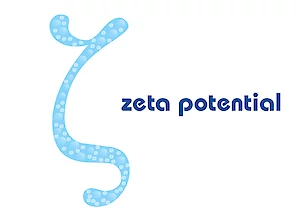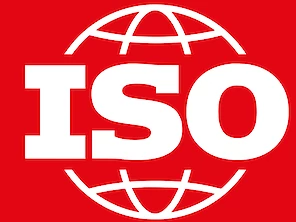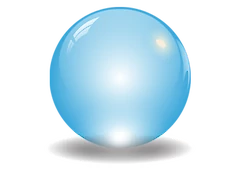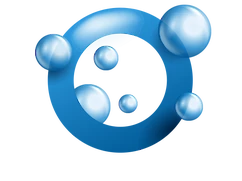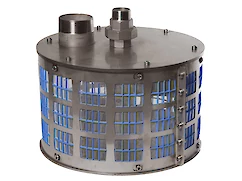Published: Wednesday, 26 July 2017
Modified: Thursday, 18 September 2025
Proven: get laundry clean with a nanobubble boost
Washing, detergents and ultrafine bubbles
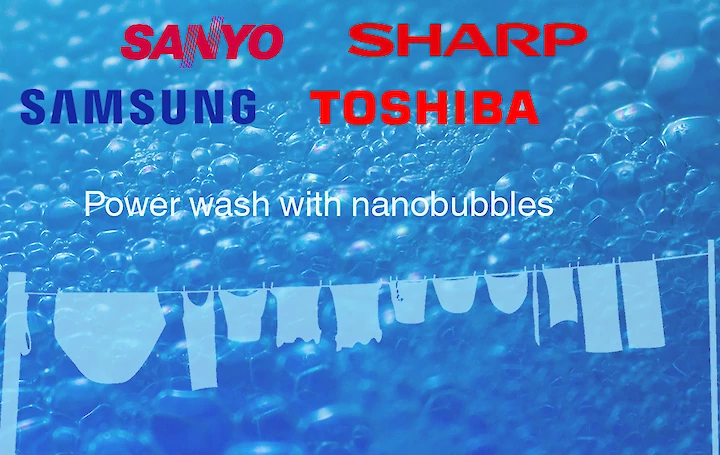
Washing of surfaces and laundry is one of the promising areas where nanobubbles "make a difference" in the future. Everybody knows, but often doesn't realize, that laundry wastewater contributes to a large part of water pollution. Reducing the amount of detergent, contributes to less pollution, washing laundry without detergent, greatly benefits the environment.
It's important to understand how a detergent works, to know why nanobubbles can revolutionize the cleaning applications. An efficient washing process needs to do a series of actions: the first action, is the loosening of the dirt from the fabric. Next, it must spread the dirt out over all the water, also called emulsifying. After dispersing the dirt in the water, the last action in the cleaning process is holding the dirt in suspension. This is important because during rinsing the dirt should not stick again to the fabric.
For laundry water, one of the important properties is the surface tension. Water has a high surface tension because of the strong cohesion between water molecules. When small quantities of water are on a surface, the water stays together as drops. A well-known phenomena that we all have seen.
In the washing cycle it's not efficient when water drops stay together, water needs to spread-out by lowering the surface tension. A lower surface tension improves the wettability of water. To lower the surface tension today we add a detergent, and the important ingredient to lower the surface tension is a surfactant. nanobubbles can lower the surface tension of water, the large amounts of oxygen in the bubbles charge the water negative. A scientific approach to calculate the negative charge is to measure the zeta potential.
There are various surfactants and a detergent can contain multiple of them. Classification of surfactants properties in water are by their ionic or electrical charge. Anionic (negative charge), non-ionic (no charge), cationic (positive charge) and amphoteric (either positive or negative charge). A detergent has more ingredients than only surfactants, like bleaches, anti-corrosion inhibitors, antimicrobial agents, softeners, fragrances, but for the scope of this article we will only focus on the surfactant as it's the most important one.
Apart from water and detergent as chemical energy, there is a need for thermal and mechanical energy. Thermal energy is the temperature of the water, which makes it easier to dissolved some of the dirt’s. The washing machine provides mechanical energy by tumbling or spinning and water movement. Of course, it's also possible to use hands or a rock in the river to slam the dirt out. Some studies say that the mechanical part of the washing process can account for 50%. The temperature contribution is maximal 10% in the total washing cycle.
We have discussed the washing process and explained that nanobubbles lower the surface tension of water like a surfactant. Nanobubbles are very small, so they go deep into the pores or fibers of any material. This further improves the washing process with nanobubbles. Now let's have a look at the innovations of laundry machines, specifically looking by adding a gas to the washing process.
Nanobubble laundry cleaning products
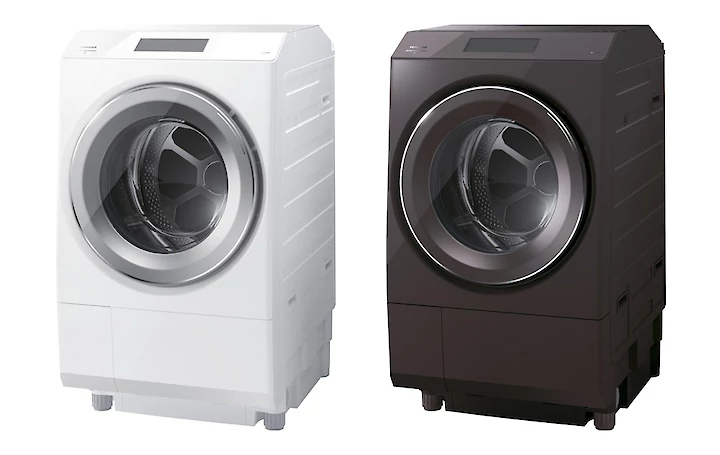
Sanyo AirWash
Laundry machine maker Sanyo, introduced in 2006, the Aqua AirWash, it uses both air and ozone to clean the consumers laundry. The machine greatly reduces the amount of water used in a washing cycle, by recycling the water. In the recycling cleaning process, the AirWash uses ozone gas to disinfect water. Ozone helps to kill the bacteria in the washing process and removes all the odors from the laundry. The Sanyo Aqua AirWash claims half the water usage. An average complete washing cycle is using 50 liters of water. Some of the washing programs of AirWash are non-detergent course, mold-guard course, ozone steam course. The machine was never a great success, it was only released in Japan, the failure of the machine was probably it was too far ahead of its time. Further it lacked a good marketing program to re-educate the consumer and explain the benefits. Between 2008 and 2010 Panasonic acquired Sanyo.
Samsung EcoBubble
In 2010 it was the turn to the Korean laundry machines producer Samsung to introduce the ecobubble gas technology. In the United States Samsung releases the technology under the name PowerFoam. The ecobubble™ technology claims it is the first washing machine in the market to generate special bubbles, enabling great performance from the start, so cold water washes like hot water. These soap rich bubbles lower the surface tension of water and penetrate deeper and dissolve faster into fabrics, so you can save on energy but still get great results. EcoBubble washers contain a special part called the Bubble Generator. Just as the wash cycle begins, the generator uses the first water intake, creates a concentrated detergent solution and sucks large quantities of air into the flow, pumping this mix rapidly up into the wash drum. After pressing ‘Start’ you can see a rising cushion of soapy rich bubbles. This technology completely upgrades how the detergent gets into the clothes. These special bubbles soak into fabrics quickly, deeply and evenly, and then thoroughly rinse out. The bubble generator even works against leaving residues or soap stains as the detergent dissolves more consistently. Samsung further claims the soft, penetrating bubble protects even delicate clothes such as water-repellent fabric. The many tiny bubbles resulting from the mixture increases interfacial tension between the stain and the fabric, allowing the detergent to instantly penetrate the stain. The water detergent solution, with bubbles, absorbs about 40 times faster.
Toshiba Zaboon
Toshiba releases in the summer of 2017 in Japan the Zaboon Nanobubble washing machine. Toshiba is the first to make use of the official ISO term ultrafine bubbles for nanobubbles. This is a very good promotion for the nanobubble industry to increase awareness at both consumer and a business level. Toshiba claims amazing washing power because 10.000.000.000 bubbles and wash detergent, cleaning the dirt off the textile fibers. Nanobubble has the power to enhance the effect of detergent cleaning part (surfactant). The nano-sized foam, permeates firmly into the back of the fiber, making it easy to remove dirt. The powerful water flow makes use of Nanobubbles! The nanobubble detergent enhances the effectiveness of the cleaning ingredients and penetrates firm into the fiber. Ultraman a manga hero promoted for Toshiba the nanobubble Zaboon laundry machine.
Sharp Handy Ultrasonic washer
The SHARP introduced the "Handy Ultrasonic washer", this is a different product than the three earlier mentioned laundry machines. Also, the concept to generate bubbles is different since Sharp uses the ultrasonic technology. The Ultrasonic washer produces 38,000 ultrasonic vibrations per second, ultrasonic vibration causes fine bubbles in the water, and these are often short-lived and implode by vibration, creating a shockwave water flow helping to get the stain out of the fabric. At this times the Handy Ultrasonic washer retails at Amazon for 165 $ (March 2022).The ultrasonic washer uses a 38 kHz ultrasound frequency with a power of 7 watts.
The trend is clearly moving towards, washing with gasses or bubbles in laundry machines, either by injecting bubbles or generation of bubbles and cavitation by ultrasonic. Ultrasonic is difficult to scale to larger volumes of water but successful at stain removal and spot cleaning on small surfaces, as we have seen in the Sharp Handy Washer. The bubble technology is working for reducing the amount of detergents and the washing temperatures are further reduced while getting the same or a better cleaning performance. Currently, the amount of bubbles generated by the various washing machines, is limited, maybe around a million per ml, the industrial bubble generators listed on the acniti website can produce billions of bubbles per ml. Today, it's expensive to install the high-end bubble generation technology into a washing machine. It needs more powerful pumps in the washing machine and extra equipment to generate nanobubbles. The washing machine maker, who wants to be market leader tomorrow, will be the one who is the first to master the price-technology implementation and get ahead of its competitors. Also, he needs to master the reduction of detergent to convince the consumer to buy a more expensive laundry machine. Currently, the technology is ahead of what is now implemented in the laundry machines, but the pricing is restrictive for what is doable to implement. For the detergent manufacturers, it's not expected that we will soon wash without detergents, but it is highly possible in my opinion to cut the amount of detergents by 40%. In swimming pool cleaning systems, bubbles are able to scale down the amount of disinfectants by 40%, but that's something for another blog post. To be continued.


